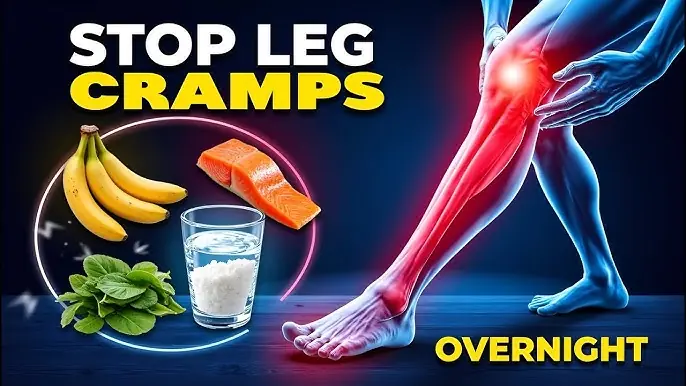
Three-Food Combo to Strengthen Your Heart
Three-Food Combo to Strengthen Your Heart
Heart disease remains the leading cause of death globally, affecting both men and women — yet much of it is preventable. One of the most important factors influencing heart health is blood pressure (BP). When blood pressure rises, even within the “normal” range, it increases the stress on blood vessels and the heart, contributing to cardiovascular risk. By combining certain foods in your daily diet, you can support healthy circulation, improve vascular function, and help protect your heart. Below, we propose a three-food combo that works synergistically: nitrate-rich vegetables, cocoa, and garlic.
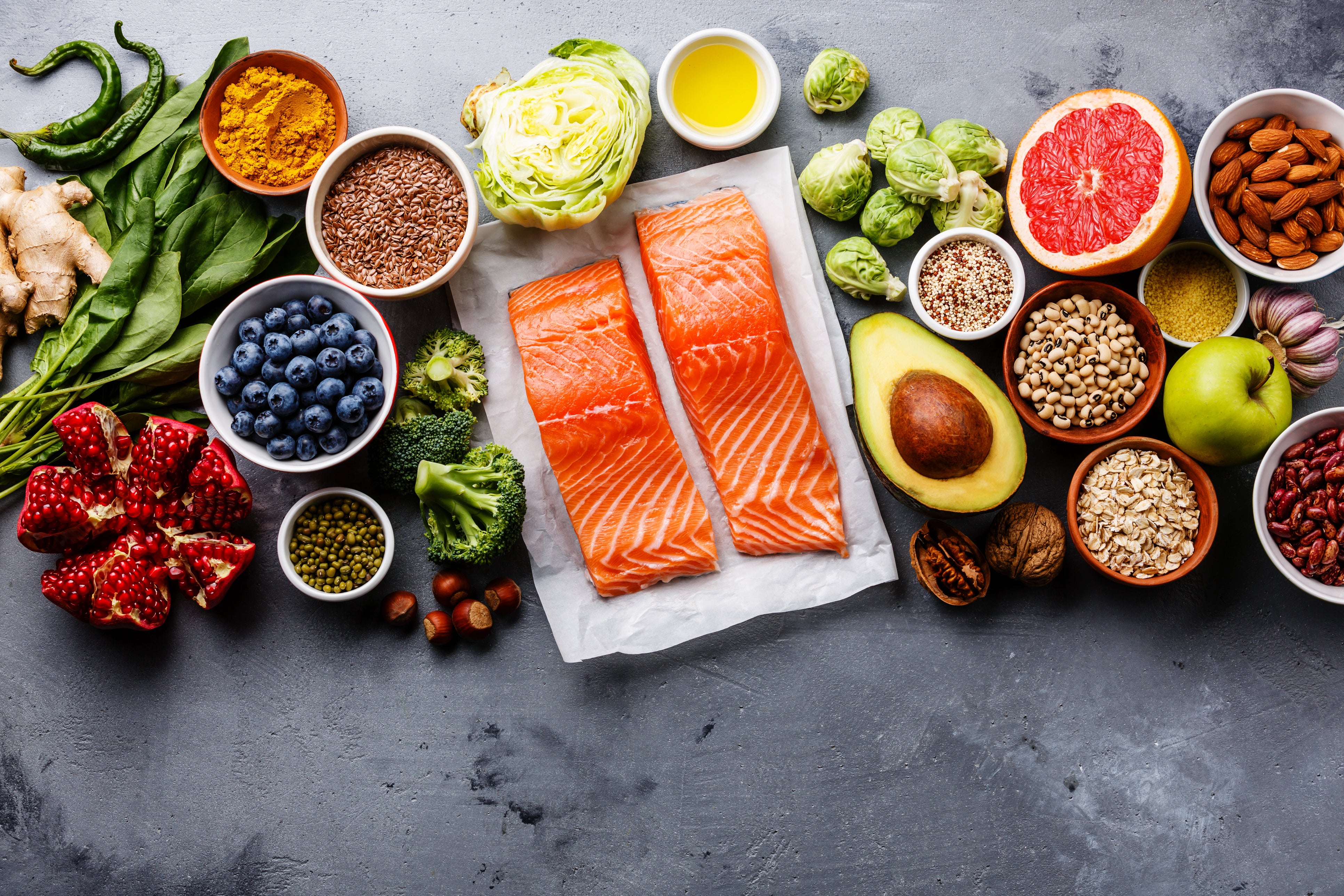
Why These Three Foods Work Together
These three foods enhance cardiovascular health via the nitric oxide (NO) pathway, a powerful mechanism for blood-vessel dilation and healthy blood flow:
-
Nitrate-rich vegetables boost your body’s supply of inorganic nitrates, which your body converts into nitrites and then into nitric oxide (NO), a natural vasodilator.
-
Cocoa, especially dark chocolate or cocoa powder, helps sustain and amplify NO signaling, thanks to its high flavanol (polyphenol) content.
-
Garlic stimulates additional NO production and supports vascular relaxation via compounds such as hydrogen sulfide (H₂S).
When taken together, these foods reinforce each other: nitrates give the raw material, cocoa helps preserve and enhance NO levels, and garlic strengthens the signaling mechanisms — all contributing to better blood flow, lower blood pressure, and improved cardiovascular resilience.
Detailed Look at Each Food
1. Nitrate-Rich Vegetables
Vegetables rich in inorganic nitrate — like beetroot, leafy greens (e.g., arugula, spinach, Swiss chard) — are especially beneficial. In your body, nitrate (NO₃⁻) can convert into nitrite (NO₂⁻), which in turn produces nitric oxide. NO plays a key role in dilating blood vessels, improving endothelial function (the health of the inner lining of blood vessels), and reducing blood pressure.
Evidence: A long-term cohort study involving over 53,000 people from the Danish Diet, Cancer, and Health Study showed that individuals with a moderate intake of vegetable nitrates (about ~60 mg/day, roughly equivalent to one cup of green leafy vegetables) had 2.58 mmHg lower systolic BP and a significantly reduced risk of cardiovascular disease.
A recent randomized controlled trial (12 weeks) in middle-aged and older adults demonstrated that increasing nitrate-rich vegetable intake lowered ambulatory blood pressure.
Even acutely, a high-nitrate meal (spinach-based) increased arterial elasticity and reduced systolic BP in healthy volunteers.
Practical advice:
-
Try to consume ~60 mg of nitrate per day, which can be achieved with about one serving of green leafy vegetables or beetroot.
-
Prefer fresh or lightly cooked nitrate-rich veggies. Note: cooking reduces nitrate content (some studies report about a 50% drop), but even cooked portions remain beneficial.
-
Be mindful of oral hygiene: the conversion of nitrate to nitrite in your mouth depends on specific oral bacteria, so frequent use of strong antibacterial mouthwash may reduce this beneficial pathway.
-
If you take blood thinners (anticoagulants), check with your doctor: leafy greens are high in vitamin K1, which can interfere with some medications.
-
Also, some leafy greens are high in oxalates (which can contribute to kidney stone risk), but cooking these vegetables can reduce oxalate levels more than nitrates.
2. Cocoa / Dark Chocolate
Cocoa — especially in dark chocolate or pure cocoa powder — is rich in flavanols, a form of polyphenol that supports NO production and helps preserve its availability in the body.
Clinical evidence: In a randomized controlled trial among older adults with borderline high BP, daily intake of just 6.3 g of dark chocolate (containing ~30 mg of cocoa polyphenols) for 18 weeks led to a statistically significant reduction in systolic BP (~2.9 mmHg) and diastolic BP (~1.9 mmHg), compared with white chocolate.
Mechanistically, cocoa flavanols increase NO bioavailability, reduce oxidative stress, and may improve endothelial (blood vessel) function.
Tips for use:
-
Opt for dark chocolate with high cocoa content (e.g., ≥ 70%) or unsweetened cocoa powder to maximize flavanol intake.
-
Even a small daily amount appears to help — no need for very large doses.
-
Pair cocoa intake with nitrate-rich veggies for a synergistic NO-boosting effect.
3. Garlic
Garlic is more than just a flavorful food — it contains bioactive sulfur compounds (e.g., allicin and S-allylcysteine) that support NO-related signaling and produce hydrogen sulfide (H₂S), another vasodilator that relaxes blood vessels.
Clinical findings:
-
A meta-analysis of 12 randomized controlled trials (553 hypertensive individuals) found that garlic supplements lowered systolic BP by 8.3 ± 1.9 mmHg and diastolic BP by 5.5 ± 1.9 mmHg, comparable to some first-line blood pressure medications.
-
In a 12-week dose-response trial, aged garlic extract showed safety and efficacy: the group taking two capsules daily (approx. 1.2 g extract containing 1.2 mg S-allylcysteine) had a mean drop in systolic BP of ~11.8 mmHg compared to placebo.
-
A systematic review and meta-analysis (nine RCTs, 584 participants) found that aged garlic extract (AGE) supplementation reduced systolic BP by about 4 mmHg, particularly at higher doses (~1,200 mg/day).
-
In the “AGE at Heart” trial, daily intake of aged garlic extract for 12 weeks significantly reduced central blood pressure (pressure in the main arteries), as well as pulse-wave velocity and arterial stiffness.
How to use it:
-
To maximize benefits, crush or chop garlic cloves before eating or cooking; this activates the enzymes that produce bioactive compounds.
-
If raw garlic is too pungent, aged garlic extract (AGE) is an effective and well-tolerated alternative.
-
For supplementation, consider a dose in the range of 600–1,200 mg/day (depending on the product), but consult with a healthcare professional if you are on blood pressure medications or anticoagulants.
-
Consistency matters: daily intake over weeks or months shows the most reliable effects.
Putting It All Together: A Heart-Strengthening Daily Protocol
Here’s a practical way to combine these three foods in your routine:
-
Morning or lunch: include a serving of leafy greens or a salad (arugula, spinach, beet greens) to boost nitrate intake.
-
Afternoon or snack: have a small piece (or a teaspoon of powder) of dark chocolate or cocoa.
-
Evening: add crushed garlic (3–6 cloves, or take an AGE supplement) into your dinner.
By doing this consistently, you support nitric oxide production, maintain healthy blood vessel function, and may reduce blood pressure over time — all of which can help protect your heart.
Why This Matters for Blood Pressure & Heart Health
Persistently elevated blood pressure (even mildly high) exerts strain on your arteries and heart. Over time, this can lead to:
-
Thickening of the heart muscle, reducing its efficiency.
-
Stiffening of blood vessels, which impairs circulation.
-
Vascular damage in the brain (risk of stroke), eyes (retinopathy), and kidneys (impaired filtration).
-
Increased risk of atherosclerosis, heart failure, and other cardiovascular complications.
By improving nitric oxide signaling and reducing vascular resistance, the combination of nitrate-rich vegetables, cocoa, and garlic helps lower blood pressure, ease the workload on your heart, and support long-term cardiovascular health.
Cautions & Considerations
-
This dietary strategy can complement, but not necessarily replace, medical treatment. If you have hypertension or other cardiovascular conditions, always discuss diet-based interventions with your physician.
-
Some people may experience gastrointestinal discomfort with garlic (especially in supplement form), or digestive sensitivity when increasing raw vegetables — start slowly.
-
People on blood-thinning medications or with bleeding disorders should be cautious and consult their healthcare provider before using aged garlic extract.
-
While these foods are generally safe, relying solely on them without monitoring BP or regular checkups is not advisable.
Conclusion
In summary, a simple daily dietary combo of nitrate-rich vegetables, cocoa (dark chocolate), and garlic offers a scientifically grounded, natural approach to support heart health. Together, they:
-
Promote nitric oxide production in complementary ways,
-
Help lower blood pressure,
-
Improve vascular function,
-
And may contribute to long-term cardiovascular protection.
Incorporating these three foods into your lifestyle could be a powerful, accessible strategy to strengthen your heart — especially when combined with other healthy habits like exercise, sleep, and stress management.
News in the same category

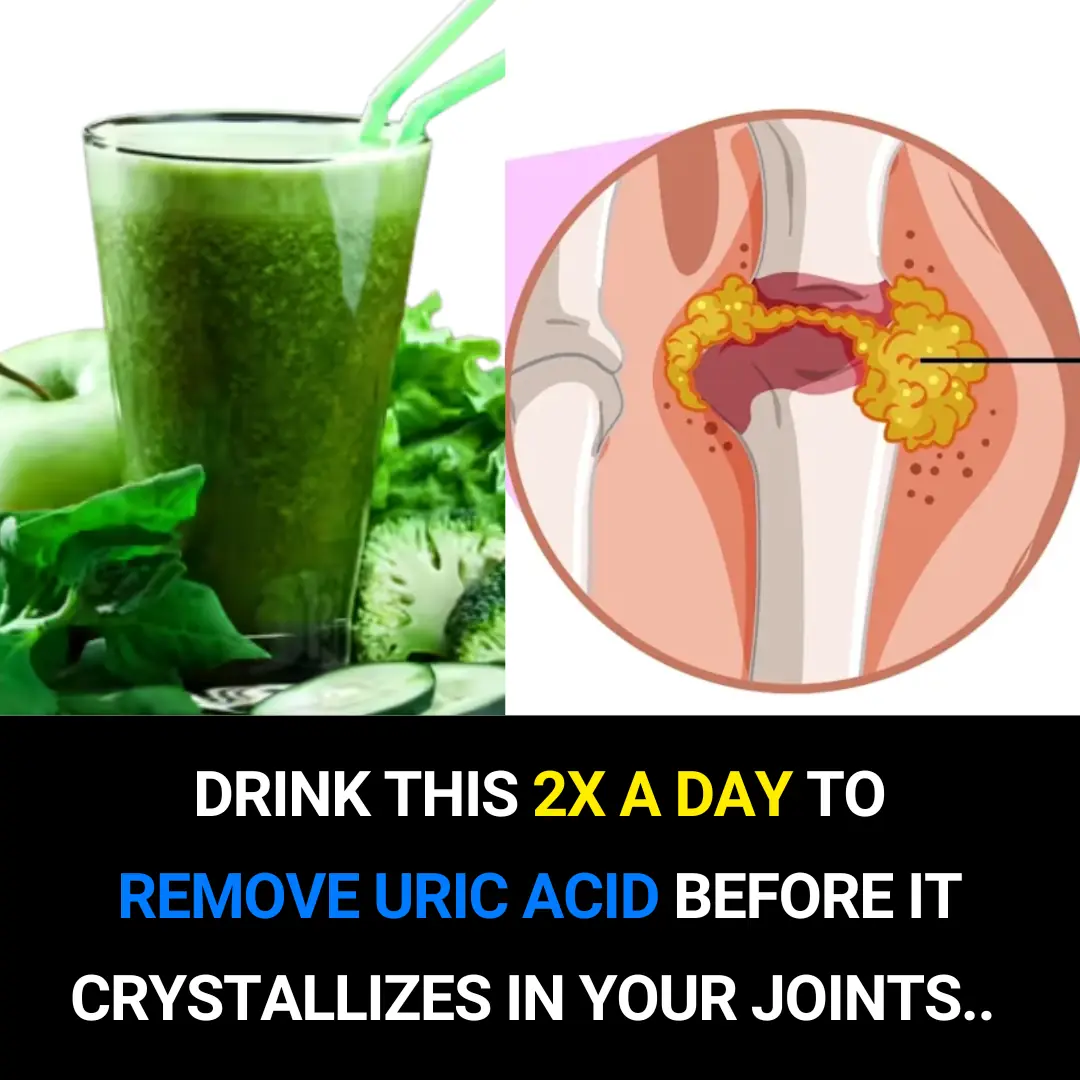
Drink This Twice a Day to Help Remove Uric Acid Before It Crystallizes and Causes Joint Pain

How to Use ¼ Teaspoon of Nutmeg to Fall Asleep and Soothe Insomnia Symptoms Overnight

10 Signs you are Eating Too Much Sugar

The Hidden Health Benefits of Bananas for Women
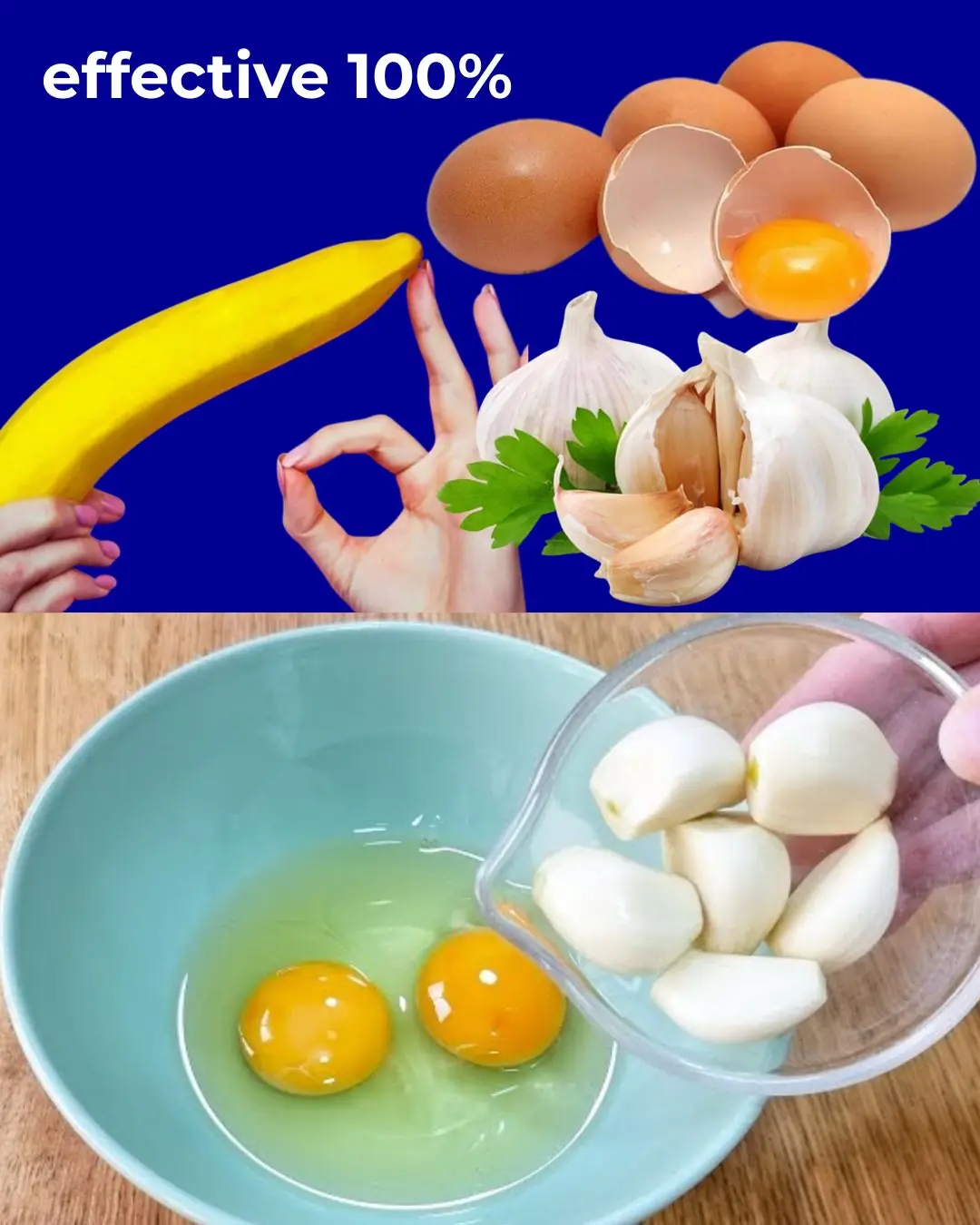
Chicken Egg, Garlic, and Honey — You’ll Thank Me for This Simple Recipe

This Syrup Will Stop a Cough Dead in its Tracks – Ginger Thyme Cough Syrup

Take just 1 a day for strong bones, pain-free joints & osteoporosis protection!
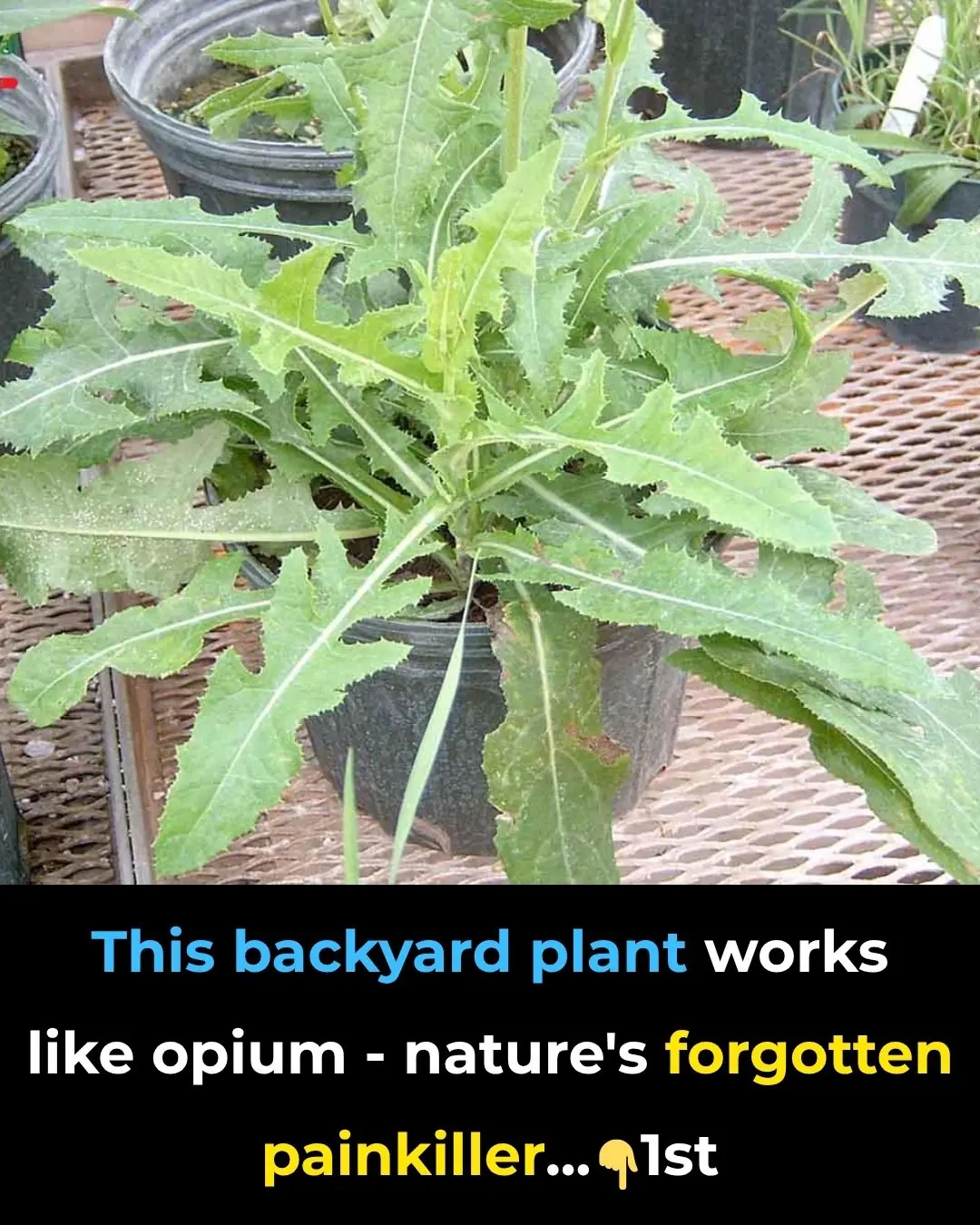
Similar To Opium: The Best Natural Painkiller That Grows In Your Backyard

World’s deadliest cancer: 8 early warning signs every older adult should know
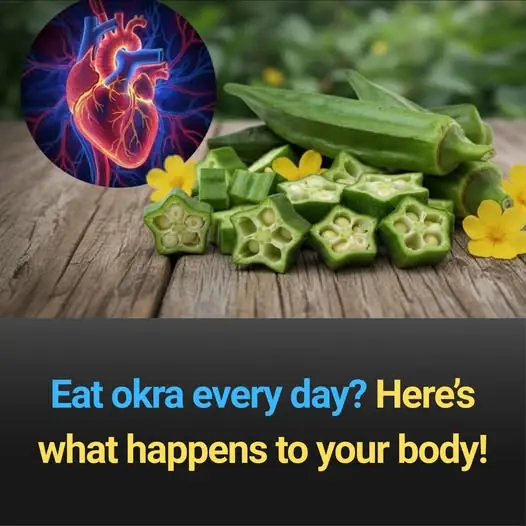
Eat okra every day? Here’s what happens to your body!

Holy basil shown to cut stress hormone cortisol by 36% in 40 minutes
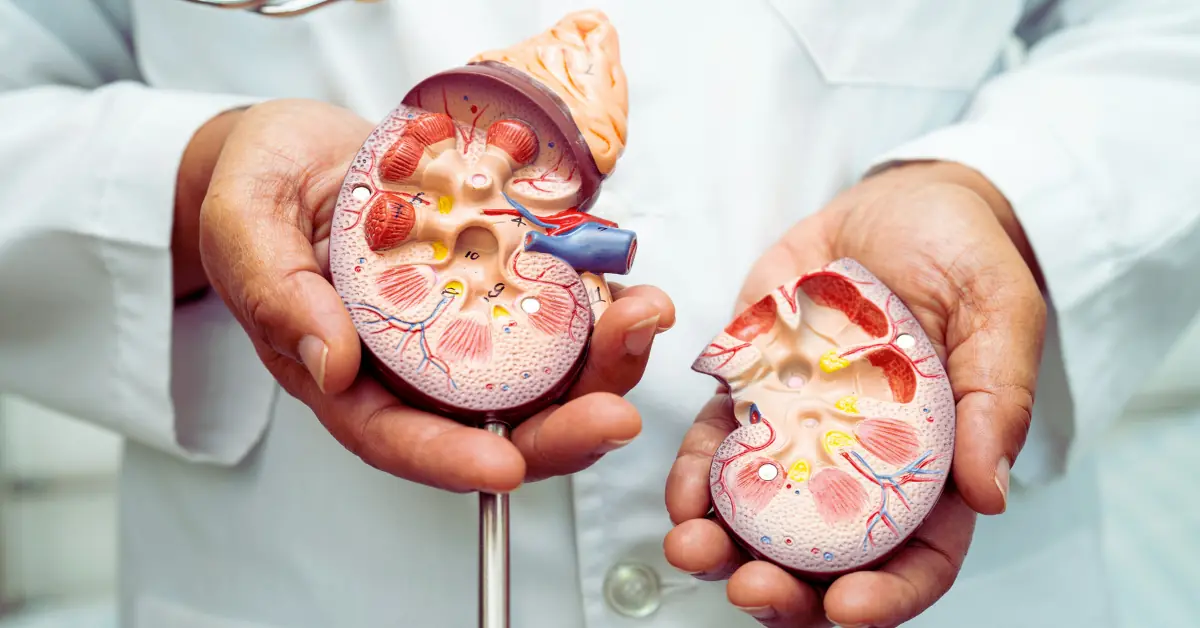
These 14 Foods Will Improve Your Kidneys’ Ability To Detox Like Never Before!
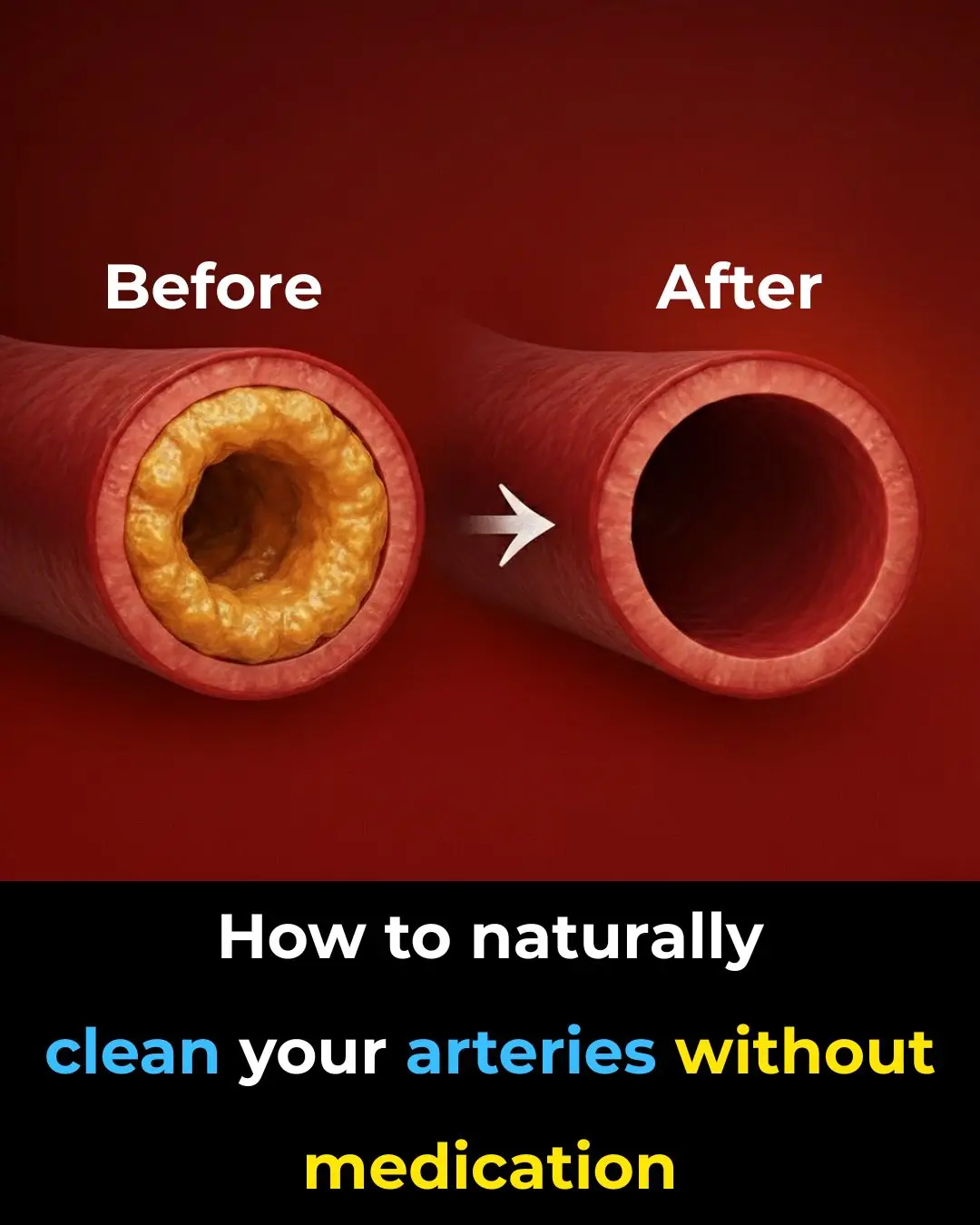
The Best Foods to Cleanse and Prevent Clogged Arteries
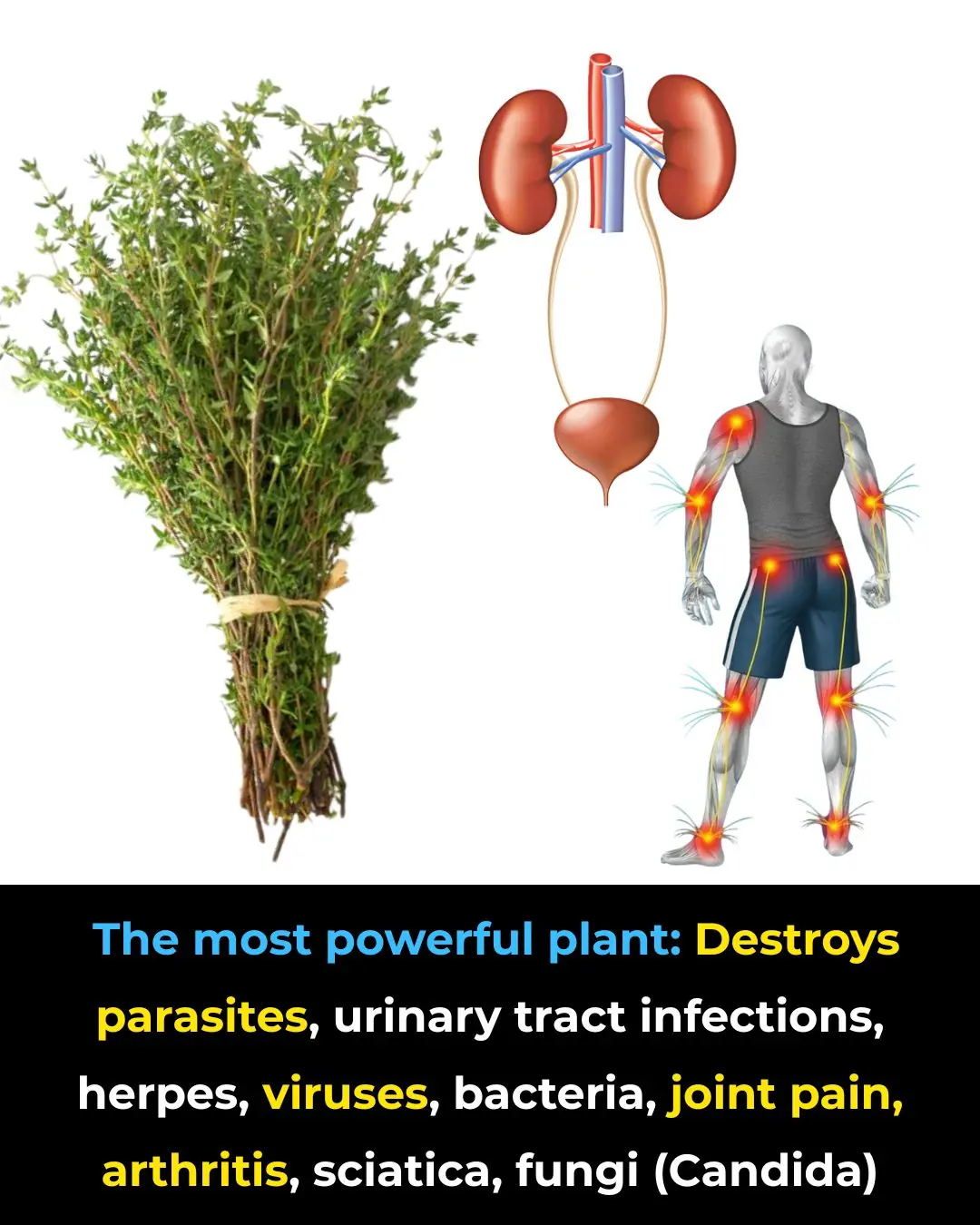
This Plant Is More Than Just a Kitchen Herb — It’s One of the Most Powerful on Earth

The surprising vitamin that helps break down leg clots—are you getting enough?

Why Your Hard-Boiled Eggs Have That Weird Green Ring

The shocking truth about vitamins and blood clots in your legs
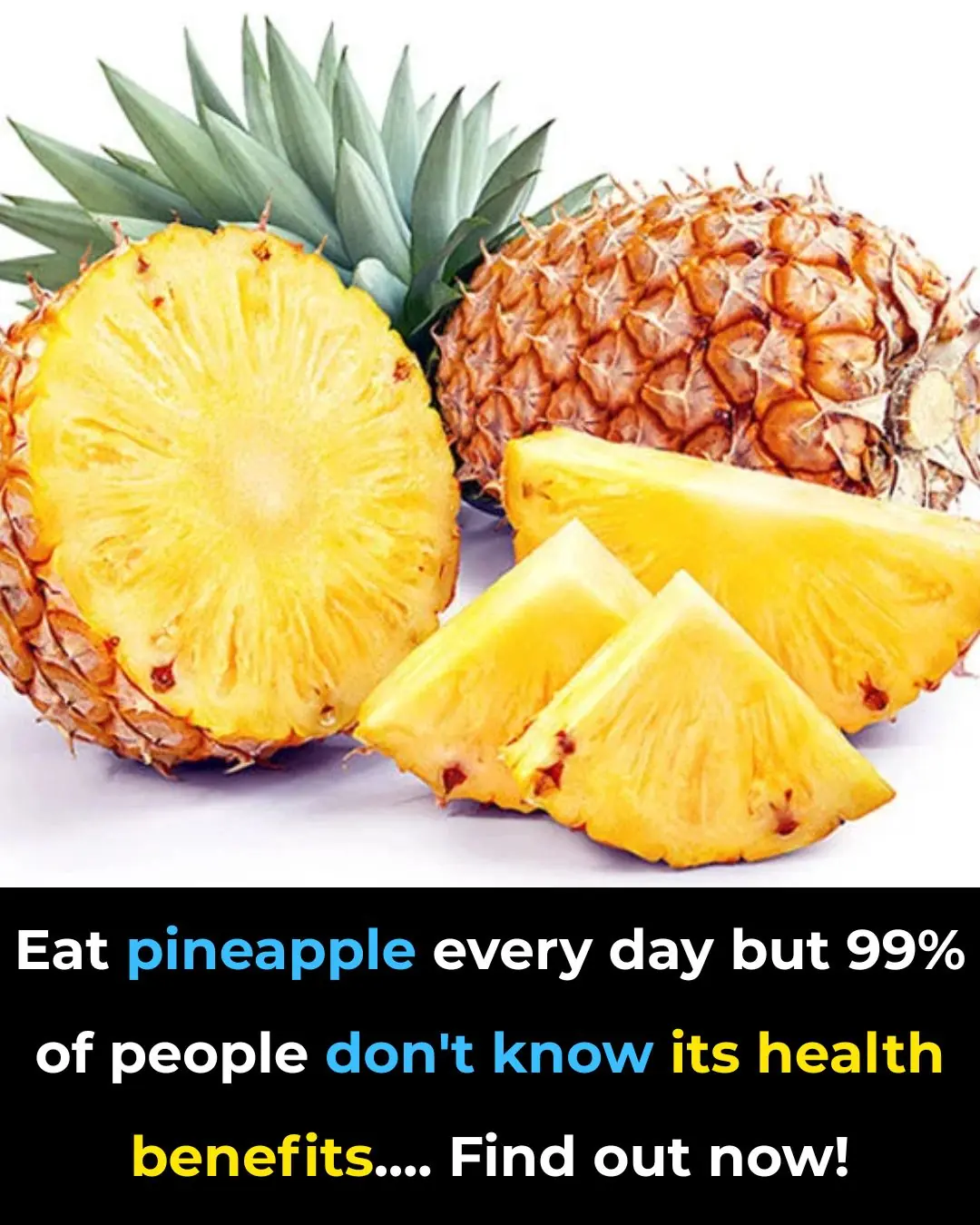
Doctors Reveal That Consuming Pineapple Causes Remarkable Health Benefits
News Post

How to remove fishy smell in the refrigerator with simple ingredients

Princess Beatrice hosts poignant premature birth charity event with support of her husband Edoardo
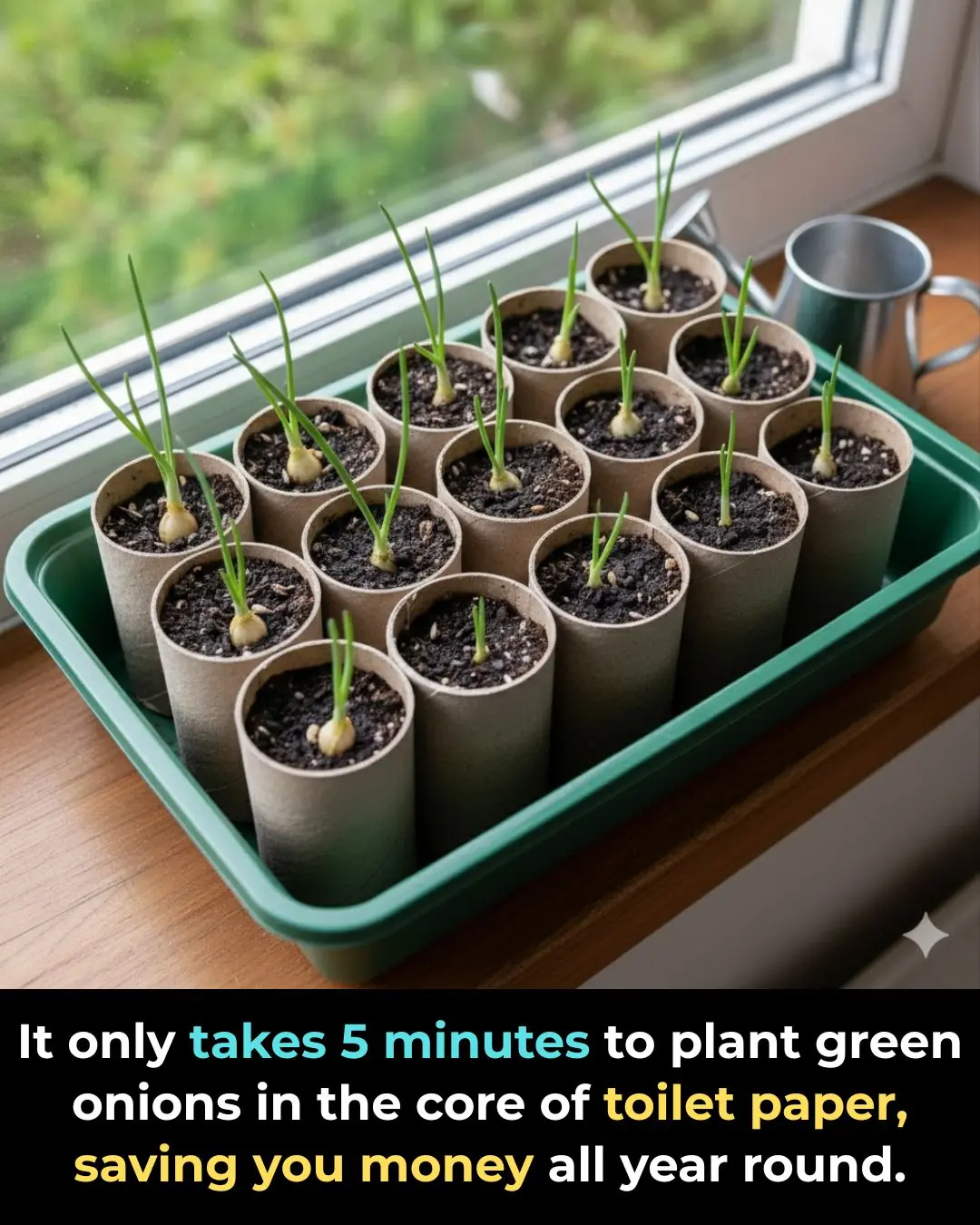
It only takes 5 minutes to plant green onions in the core of toilet paper, saving you money all year round.

Whatever you fry, just add 1 spoon of this powder to the pan, no oil will splatter, the food will be golden brown and crispy.

Boiled chicken that is not eaten up: Make this strange and easy to eat dish and it will be gone in no time.

Why you should bring a piece of paper when buying rice: Knowing the reason, you will want to follow it immediately

Anton Du Beke pays tribute to Strictly co-star in emotional Morning Live interview: ‘Always my hero’

Dip fish in this before frying: Fish will be crispy and won't stick to the pan, no need to worry about oil splatter everywhere.
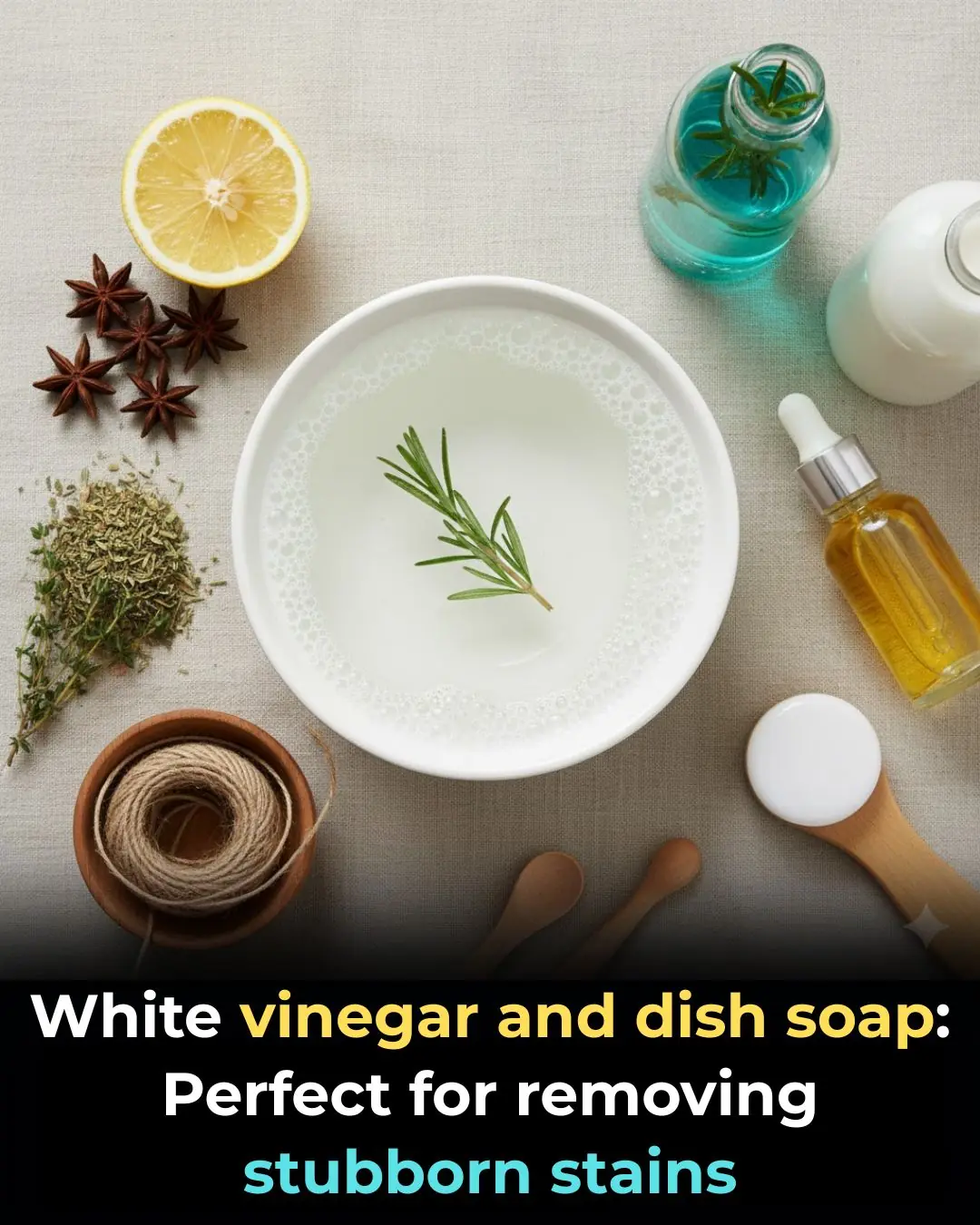
White vinegar and dish soap: Perfect for removing stubborn stains

Gordon Ramsay shares update after revealing skin cancer diagnosis: ‘It was a scare’

Kelvin Fletcher and wife Liz share Fletchers’ Family Farm update as they admit they’re ‘expecting’ little lambs

Tom Fletcher and son Buzz’s Children in Need duet airs for first time and leaves fans in tears

Atomic Kitten star Liz McClarnon shares first pictures of miracle baby: ‘We’ve waited a long time for this’

It Turns Out Rice Weevils Fear This the Most — Put a Little in Your Rice Bag and You Won’t Worry About Pests for a Whole Year

No way, I was so out of the loop here

Tried this the other day and it did wonders!

10 Odd Home Fixes You’ll Wish You Learned Years Ago

I Never Knew This!

Mary Berry issues sad update on ‘terribly frail’ husband after horror accident at home
